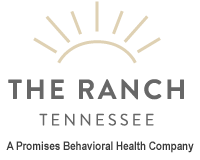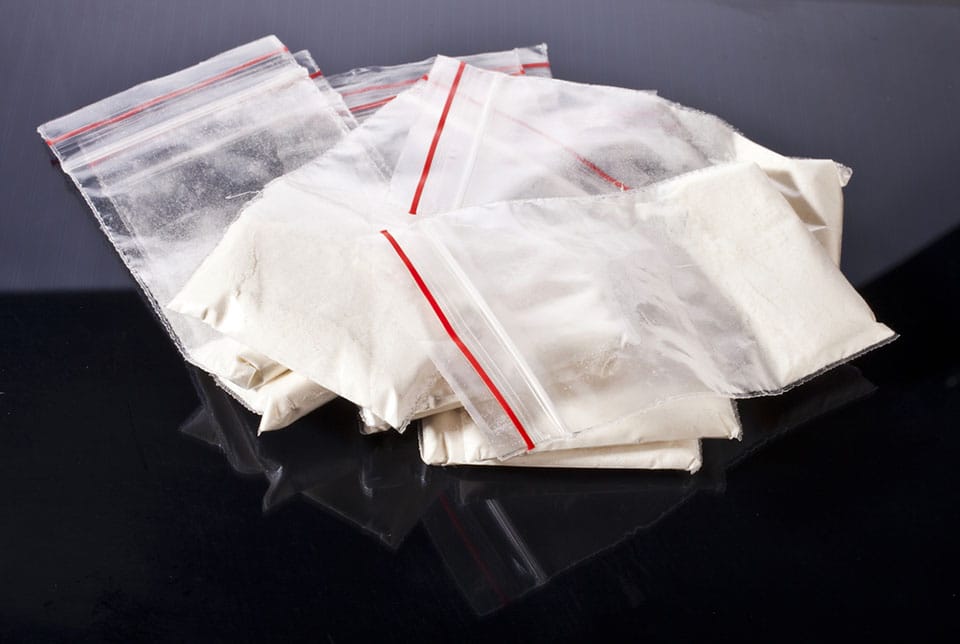A new report has investigated the growing heroin epidemic in Pennsylvania, finding – among other things – that heroin is both easier to get than wine and cheaper than beer in the rural regions of the state. Heroin is a growing problem all across the U.S., and the rise in use of the drug is closely related to the prescription drug epidemic sweeping the nation. The report, which was compiled based on hearings hosted by the Center for Rural Pennsylvania, looks at education and prevention, law enforcement and treatment approaches in the state, including ongoing and suggested strategies.
Rising Overdose Rates in Pennsylvania
The report shows that drug overdose rates have been increasing in both rural and urban areas in Pennsylvania. In 1990, drug overdose deaths in rural areas in the state were one per 100,000, but, by 2011, the rate was 13 per 100,000. For urban areas, the rates rose from around 3.5 per 100,000 in 1990 to 15.72 per 100,000 in 2011. According to the report, there have been more deaths of adults aged 20 to 44 annually from drug overdoses than from motor vehicle accidents since mid-2002. It’s clear that drug overdoses are an increasingly crucial issue in Pennsylvania, but rural Vermont and New York City (among many other places in the country) are experiencing similar issues. Chairman of the Center for Rural Pennsylvania, State Sen. Gene Yaw, commented that “Heroin is cheaper and easier for young people to obtain than alcohol.” He said that a small packet of heroin costs $5 to $10, delivering a high that lasts for four to five hours. This is cheaper than buying a six-pack of beer, and for young people it can also be easier to obtain, given that drug dealers don’t impose age restrictions. This underlines one of the core issues with the heroin epidemic: it’s so widely available and affordable that it might be an especially appealing option for people with low incomes or young people hoping to get high.
Why Is the Heroin Epidemic Occurring?
The low price of heroin is one issue, but it doesn’t completely explain the drastic rise in overdoses. Recent evidence has suggested that 80 percent of those who abuse heroin started abusing opioids through prescription painkillers and that healthcare providers issued enough narcotic painkiller prescriptions to give every American adult a bottle of pills. These addictive substances, which are very closely related to heroin, are usually issued without consideration of whether patients are at risk for addiction, and people with legitimate medical reasons for using them can unintentionally become addicted. Approaches to reduce the death toll from prescription drug abuse may also have the unintended consequence of pushing users to heroin. For example, when the abuse-resistant formulation of OxyContin was released, one of the main effects was a doubling of the number of heroin abusers. Users become addicted to opioids, but when they can’t get their fix through pills, they make the switch to heroin.
What Can Be Done About the Heroin Epidemic?
The report also looked at ways to reduce the number of deaths caused by the drug. It suggests several legislative strategies that may help, including the use of education and prevention approaches for both prescription drugs and heroin, prescription drug monitoring programs (to prevent people from obtaining multiple prescriptions from different physicians), using alternative treatments for pain and increasing access to naloxone (an overdose antidote that has led to over 10,000 lives being saved by laypeople with access to the drug). In addition to these strategies, the report suggests making it easier to prosecute dealers whose customers die of overdoses and introducing a “good Samaritan” law so that those seeking medical help for people having overdoses aren’t liable for criminal charges. However, despite law enforcement officials’ focus on increasing penalties for traffickers and dealers, they were even more strongly in support of an increased focus on treatment. Currently, there are a massive 760,000 residents with addiction problems in Pennsylvania, but only 52,000 are receiving treatment. With current state resources, they can only help one in eight addicts at most.
Treatment Essential in Reducing Overdose Deaths
The new report is just the latest source to offer the same, crucial piece of advice: if you want to reduce the damage caused to society by drugs, you need to help those struggling with addiction to receive treatment. The only problem is how this can be accomplished practically, as shown by the inadequate resources available for helping Pennsylvania addicts. However, since rising overdose deaths are a nationwide issue, increasing spending on treatment – rather than losing money to crime, the costs of keeping people in jail and impacts on the workforce – seems like a far-sighted and ultimately frugal strategy.

